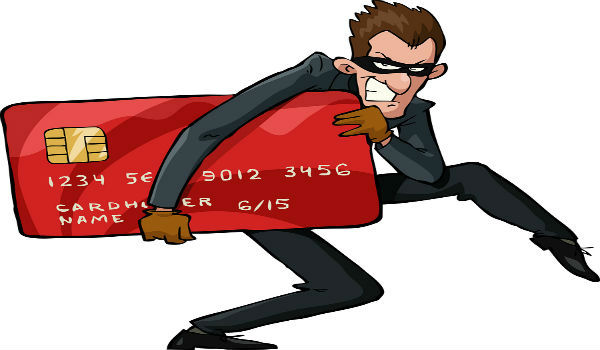What is the true cost of fraud?

by: Henry Meier
How much is cyber theft costing us? The question is crucial because, to simple country lawyers like me, we are facing the electronic equivalent of a man-made Ebola virus. Is it possible that fraud is a manageable cost of doing business? I don’t think so, but I’m afraid many policy makers, merchants and large financial institutions might.
One place to look for the answer is in the Fed’s biannual report on the cost of debit card interchange costs mandated by the Durbin Amendment. The latest installment was issued September 18th. Fraud resulted in $1.57 billion in losses in 2013. Furthermore: “. . . the majority of fraud losses were absorbed by issuers and merchants (61 percent and 36 percent respectively); cardholders absorbed only 3 percent of losses.”
Most importantly, the cost of fraud is rising. “Although overall fraud losses as a percentage of transaction value did not change much between 2011 and 2013, there were substantial changes in the incidence of fraud, as well as in average losses per fraudulent transaction.”
But since overall transaction costs are going down, the Fed won’t be proposing a change to the existing cap, which is currently 21 cents plus 5 basis points multiplied by the value of the transaction, plus a 1-cent fraud-prevention adjustment, for institutions that take mandated fraud prevention measures.
Something doesn’t quite past the smell test. In the same week, Home Depot concludes that a mere 56 million consumers had their credit and debit card information stolen by malware imbedded onto its card readers, the Federal Reserve concludes that there is no need to recommend raising the cap on interchange fees for institutions with $10 billion or more in assets. We may have one of those situations where economists can tell us the price of fraud but not its true cost. Remember the cap just applies to institutions with $10 billion or more in assets.
continue reading »



